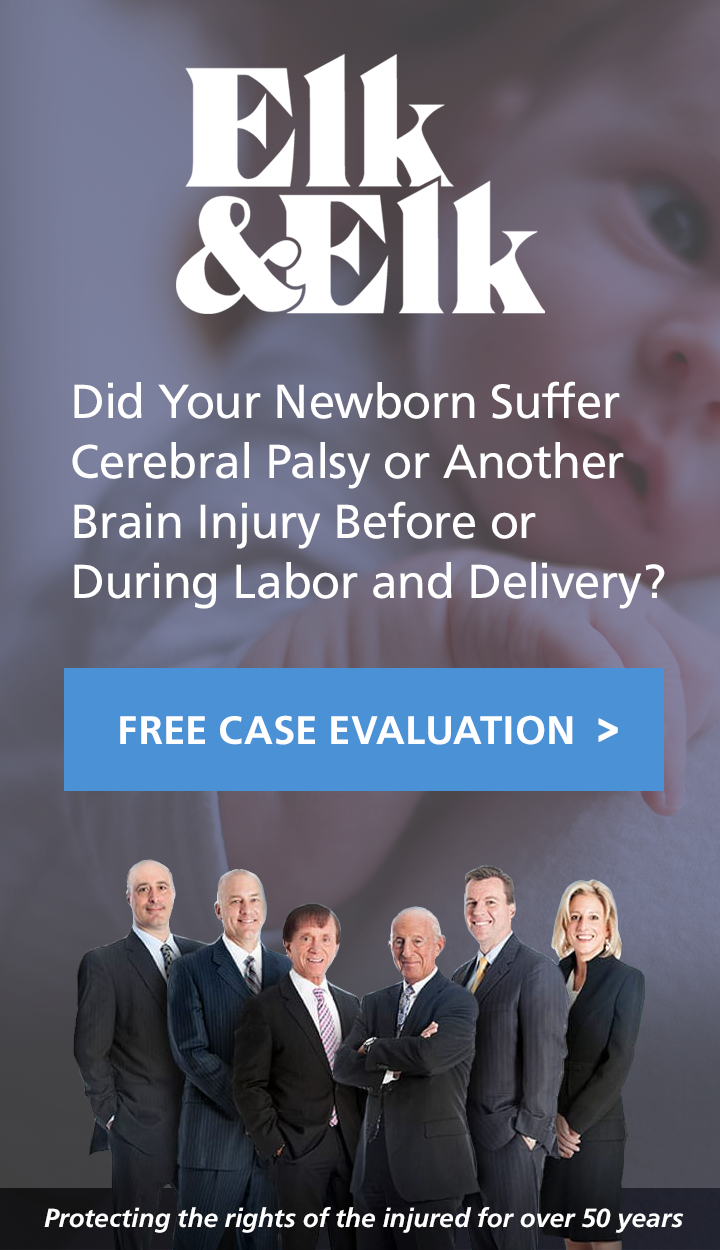Maternal Death - Medical Provider Negligence Advanced Maternal Age
According to National Institute of Health (NIH) records, direct obstetric causes account for almost 73% of all the maternal deaths that occurred in the United States between 2003 and 2009.
Get A 100% Free CASE EvaluationAt 27.1%, hemorrhaging represents the most prevalent reason for expectant mothers to experience life threatening health ailments. Hypertension ranks second at 14%.
Overview of Advanced Maternal Age
Obstetricians refer to pregnant women 35 or older to be at an “advanced maternal age.” Since the 1970s, the number of mothers delivering infants at this age has dramatically increased. In 2017 15% of pregnant women have at least reached the age of 35, which is an increase from the 11% of older expectant mothers in 2002. Moreover, an increase in first-time mothers at least 35 years of age has affected virtually every ethnic group in the United States. Ten percent of the babies born in 2017 were delivered from first time pregnant women considered advanced age.
Potential Health Complications
Advanced maternal age pregnancies introduce a host of health complications which need to be properly diagnosed and treated promptly by a skilled physician.
Gestational diabetes represents a form of diabetes that happens in seven out of every 100 pregnancies. The body produces too much sugar (glucose) in the blood, which causes damage to blood vessels, as well as to some of the vital organs. High blood pressure, which medical care providers often call hypertension, causes pressure against blood vessel walls that in time can lead to ruptures producing a stroke and heart attack. Preeclampsia can occur which may have rapidly increased blood pressure causes organs such as the liver and kidneys not to work properly. Symptoms of preeclampsia include vision changes, migraine headaches, and protein build up in the urine.
Ohio Medical Provider Negligence Law
Medical providers must pay special attention to the warning signs of birth injuries and ailments suffered by the mother, some of which can lead to maternal death. Ohio has clear laws that govern how to handle negligence caused by a health care institution.
Expert Witnesses
Every medical malpractice case filed in the State of Ohio requires the support of at least one expert witness. Referred to as an affidavit of merit, the legal notice is filed by an expert witness who is licensed to practice medicine in Ohio and devotes at least 75% of his or her occupational time practicing and teaching clinical medicine. The affidavit of merit includes verification that the expert witness has examined all of the medical records available. Moreover, the legal notice proves the expert witness understands the meaning of standard of care to assess whether a health care professional breached standard care protocol and injured the plaintiff.
Caps on Damages
Ohio law limits pain and suffering damages that fall within the non-economic category of a medical malpractice lawsuit. Non-economic damages cap at $250,000 or three times the economic damages up to a maximum of $350,000. Courts can rule a medical malpractice case as “catastrophic,” which allows plaintiffs to receive up to $500,000. Catastrophic injuries include loss of a limb, loss of an organ, and a permanent deformity. Damage caps in Ohio do not apply to wrongful death cases.
Liability
Ohio law creates percentages of fault for medical malpractice cases. For example, a health care professional who makes an inaccurate diagnosis of a pregnant woman at 35 years or older might contribute 40% towards the negligence of the medical provider. Two exceptions to the percentage of fault rule are cases that involve intentional acts to injure and cases when a defendant is assigned more than 50% of the fault.


